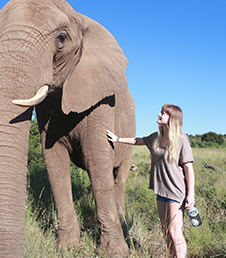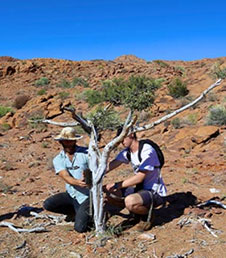Tourist traps that are cruel to animals.
Tourism is one of the world’s largest industries with a global economic contribution of almost 7.6 trillion U.S dollars. This booming industry is driven by the desire to explore and learn about new cultures. In every country, tourist attractions are constantly being refreshed and marketed as the best way to immerse yourself in the countries culture. Part of the tourism industry are wildlife attractions, which contribute 20 – 40% of all tourism worldwide with two to four million tourists contributing to these excursions each year. Unfortunately, 80% of tourists who visit wildlife attractions each year are blind to the fact that these attractions are havingRead More →













